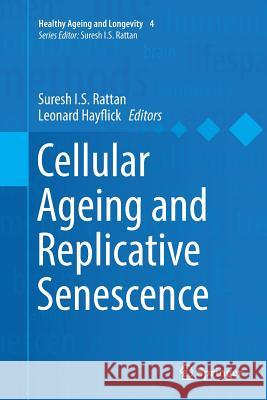Cellular Ageing and Replicative Senescence » książka
topmenu
Cellular Ageing and Replicative Senescence
ISBN-13: 9783319799124 / Angielski / Miękka / 2018 / 364 str.
Kategorie BISAC:
Wydawca:
Springer
Seria wydawnicza:
Język:
Angielski
ISBN-13:
9783319799124
Rok wydania:
2018
Wydanie:
Softcover Repri
Ilość stron:
364
Waga:
0.52 kg
Wymiary:
23.39 x 15.6 x 1.96
Oprawa:
Miękka
Wolumenów:
01
Dodatkowe informacje:
Wydanie ilustrowane











